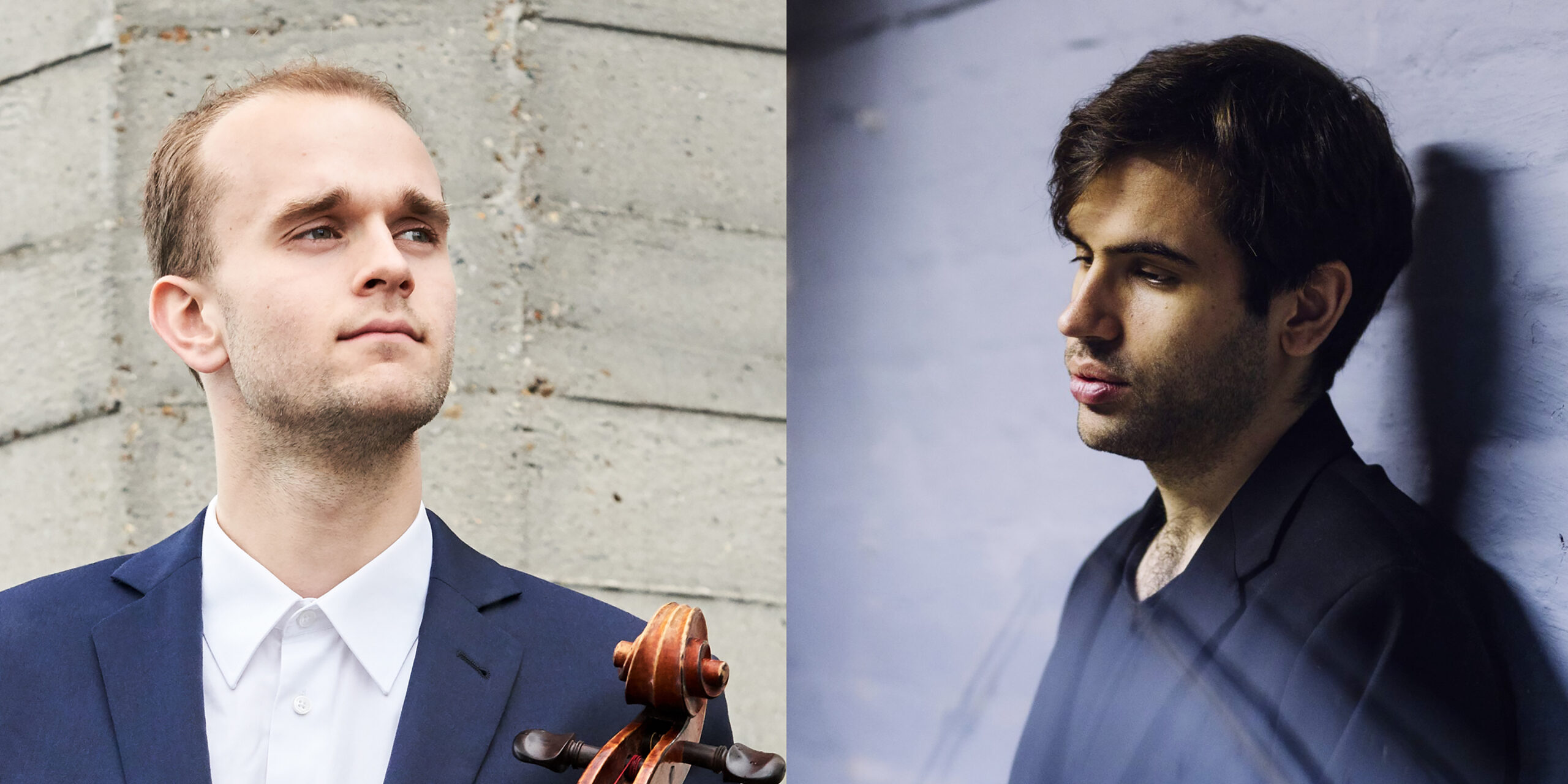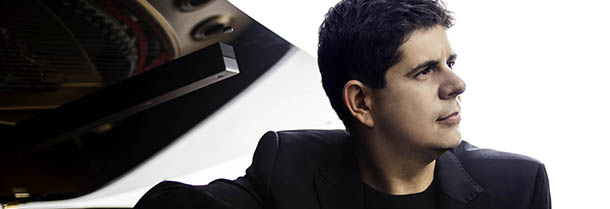Tag: Clara Schumann
-

-

-

PROGRAM NOTES: GOLDA SCHULTZ
Clara Schumann Liebst du um Schönheit | Warum willst du andre frage | Am Strande | Lorelei Clara Schumann (née Wieck) was a major figure in nineteenth-century music. As a child prodigy, she toured Europe with her father and teacher Friedrick Wieck, meeting Goethe in Weimar and Paganini in Paris. After her marriage to Robert…
-

PROGRAM NOTES: PAUL LEWIS
Ludwig van Beethoven 11 Bagatelles Op. 119 Beethoven’s Op. 119 is a catch-all collection of pieces written without any preconceived formal plan for the enjoyment of amateur piano enthusiasts. The last five were published first as a contribution to a pedagogical publication called the Wiener Piano-Forte Schule (1821), with the first six added to that…

